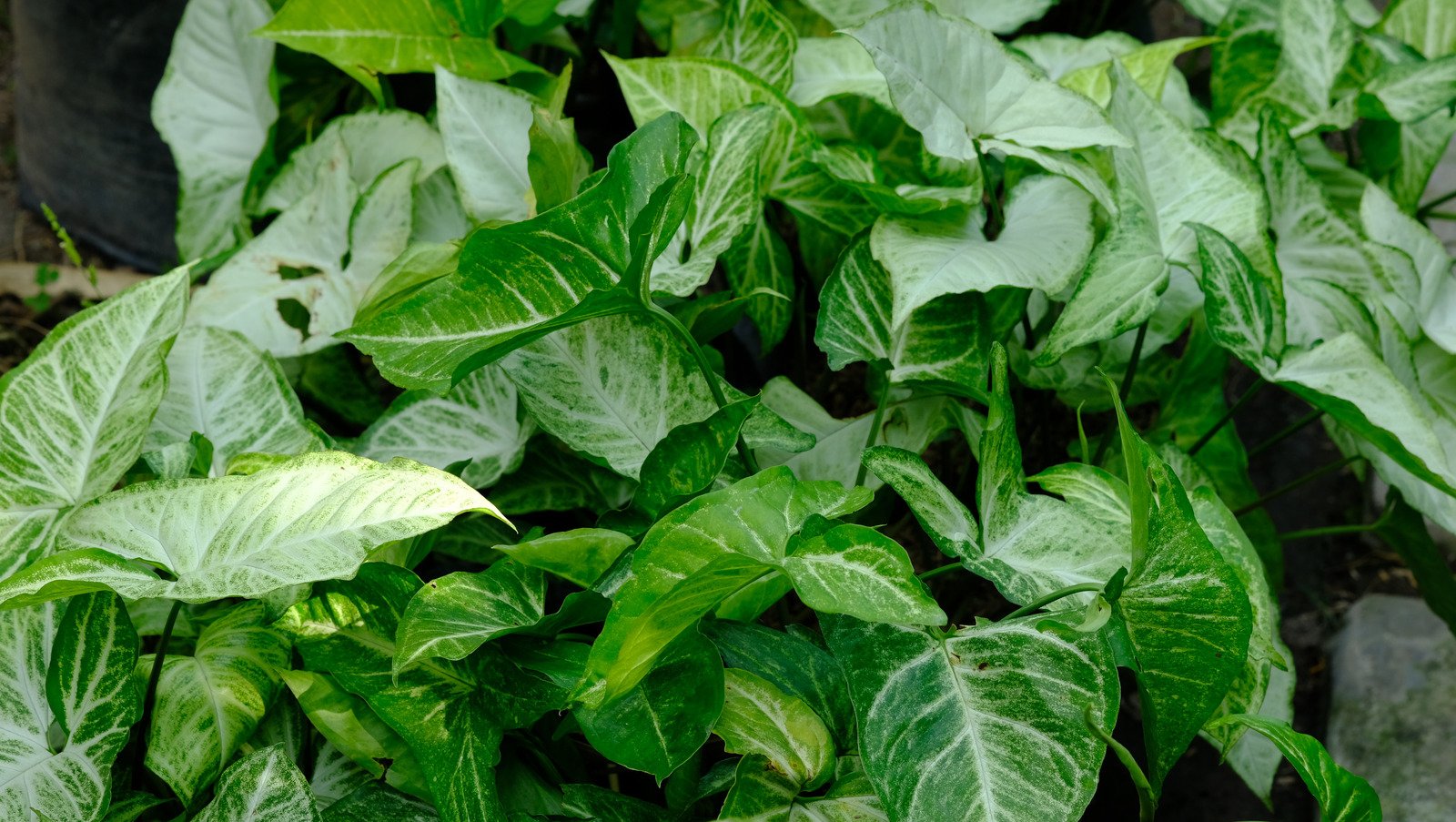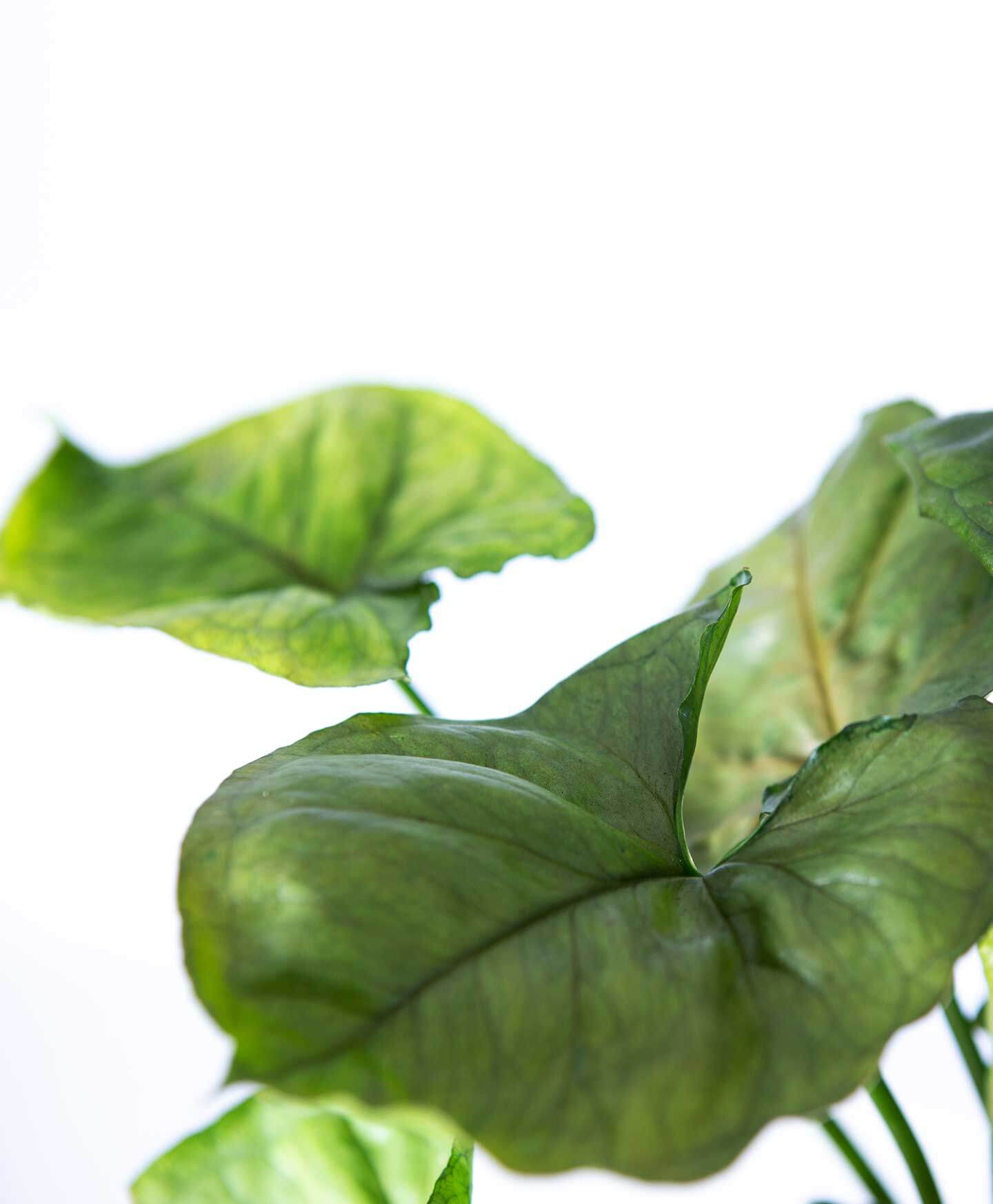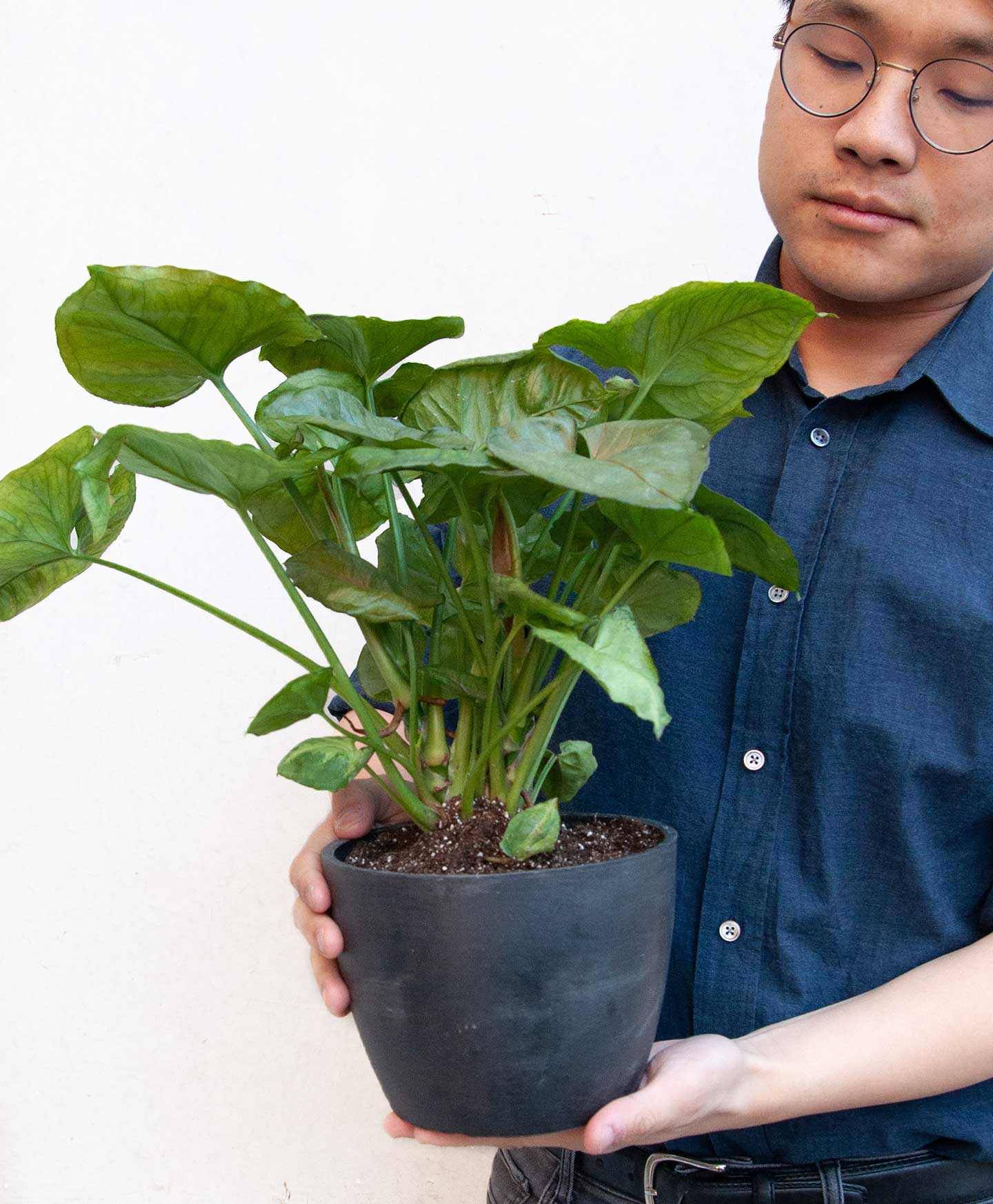Providing the right amount of light is crucial for keeping arrowhead plants healthy and thriving As a tropical plant that originates from rainforests, the arrowhead plant (Syngonium podophyllum) requires specific lighting conditions to mimic its natural environment. In this article, we’ll explore the ideal lighting requirements for arrowheads and provide useful tips on how to maximize light exposure in your home.
What is the Ideal Light for Arrowhead Plants?
Arrowhead plants prefer bright indirect sunlight. Their large lush leaves can easily get burned if exposed to direct sunlight for too long. The best locations in your home are next to south or west-facing windows, or in brightly lit rooms away from windows. Some filtered sunlight in the morning or evening is fine, but avoid prolonged exposure to direct midday sun.
Bright indirect light allows arrowheads to efficiently photosynthesize and produces vibrant leaf colors. Insufficient light leads to sparse leggy growth with smaller leaves. Place new arrowhead plants near a window first to acclimate them to increasing light levels. Mature plants can tolerate slightly lower light, but growth will slow.
How Much daily Light Do Arrowhead Plants Require?
Most arrowhead plant varieties need a minimum of 4-6 hours of bright, indirect sunlight daily. Variegated types with white-streaked leaves require more light, ideally 6-8 hours per day, to maintain their patterning. Measure the light in your plant’s location with a light meter app to get an accurate reading.
During darker winter months, supplemental lighting from grow lights may be needed to prevent leggy, drawn-out growth. LED plant lights should be positioned 12-18 inches above the arrowhead’s topmost leaves for 10-12 hours daily. Rotate the plant frequently so all sides get adequate light exposure.
Signs Your Arrowhead Plant is Getting Insufficient Light
Watch for these clues that indicate your arrowhead plant needs more sunlight:
- Slow growth and less frequent new leaves
- Smaller leaf size than normal
- Paler green leaf color, especially along veins
- Leaves drooping or pointing downwards
- Long, leggy stems with sparse foliage
- Yellowing of older leaves
If you notice any of these symptoms, first move your arrowhead to a brighter location. If that is not possible, consider supplementing with grow lights. Catching light issues early helps prevent lasting damage.
Tips for Maximizing Light for Your Arrowhead
Here are some useful tips to optimize light for your arrowhead plant:
- Turn the plant frequently so all sides get even light exposure. This prevents one side from becoming stretched out.
- Prune back any leggy growth to encourage fuller, bushier plants.
- Use sheer curtains or move plants back from windows to filter direct sunlight.
- Clean leaves regularly with a damp cloth to remove dust buildup that blocks light.
- Supplement with artificial lighting like LED grow lights during darker months.
- Rotate arrowheads between brighter and lower light areas to satisfy all your plants.
Common Questions About Arrowhead Light Requirements
Here are answers to some frequently asked questions about providing the right amount of light for arrowhead plants:
How much direct sun can arrowhead plants tolerate?
Arrowheads should avoid direct sunlight, which will quickly burn their leaves. A few early morning or late evening sunbeams are fine, but prolonged exposure to midday sun will damage them. Keep these tropical plants shaded from harsh sun.
Can arrowhead plants grow in low light areas?
Yes, arrowheads can tolerate lower light levels, but their growth will slow down. Avoid very dark corners or rooms with no windows. Add supplemental lighting if needed to prevent stunted growth.
Should I use fertilizer if my arrowhead gets less light?
Reduce fertilizer applications on plants getting insufficient sunlight. Since growth is slowed, they do not need as much fertilizer. Never fertilize stressed plants showing signs of sun deprivation.
Can I move my outdoor arrowhead plant indoors?
When transitioning an outdoor arrowhead to indoor conditions, do it gradually over 2-3 weeks. This allows the plant to adjust to lower light levels. Place it near a sunny window initially and watch for signs of light stress.
How do I know if my arrowhead plant needs more light?
If you notice leggy growth, smaller leaves, yellowing, or a lack of new growth, move the plant to a brighter location. This typically resolves insufficient light issues. Supplement with grow lights as needed.
Let Your Arrowhead Plant Thrive with Proper Lighting
Like all indoor plants, arrowheads need the right type and intensity of light to thrive. While they tolerate some shade, always aim for bright, indirect sun to encourage lush tropical growth. Pay attention for signals of insufficient light and make adjustments as needed. With the proper lighting, arrowheads will flourish, providing visually pleasing and easy-care houseplants.

Common Issues for your Arrowhead Plant

How to care for your Arrowhead Plant
Your Arrowhead Plant prefers bright indirect light but can adapt to low light. Direct sun may burn the leaves. WATER
Water when 50%-75% of the soil volume is dry. Water until liquid flows through the drainage hole at the bottom of the pot and discard any water that has accumulated in the saucer. TEMPERATURE
Your Arrowhead Plant prefers temperatures between 65-80°F during the day and above 60°F at night. HUMIDITY
Your Arrowhead Plant will do well in higher humidity environments, especially during the winter. Mist the plant daily or place its container on a tray filled with pebbles and water to increase the humidity. FOOD
Feed once a month during the spring and summer with a general-purpose fertilizer for indoor plants. TOXICITY
Your Arrowhead Plant is considered toxic to humans and pets if ingested. ADDITIONAL CARE
If you want to keep your plant compact and bushy, pinch the new growth on a regular basis. Wear gloves when pinching as the plant’s sap can cause skin irritation.

